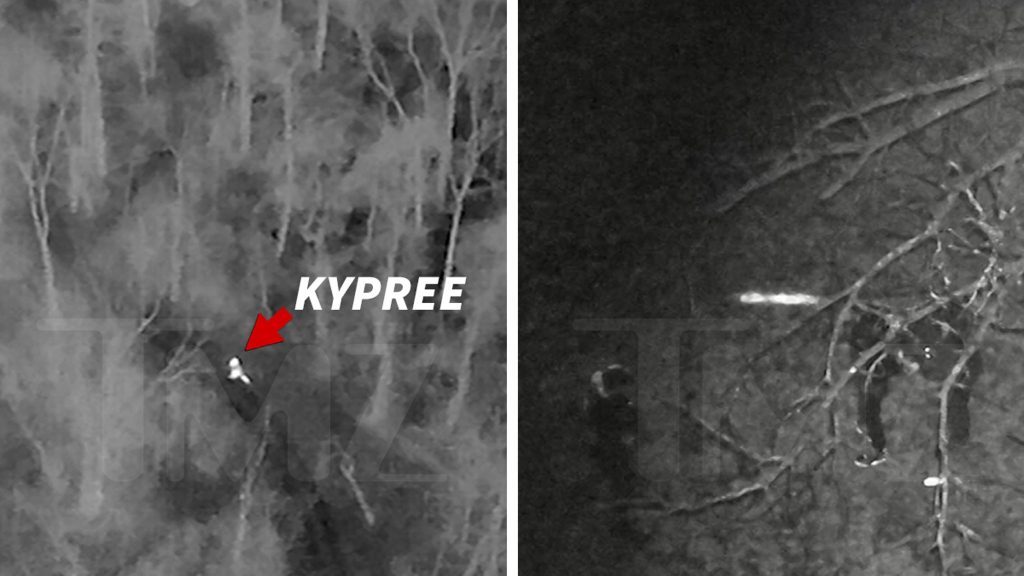Now Reading: Trellis Poll: 85% say they’d be hurt by government clean energy credit cuts
-
01
Trellis Poll: 85% say they’d be hurt by government clean energy credit cuts
Trellis Poll: 85% say they’d be hurt by government clean energy credit cuts

The ongoing debate in Congress regarding the potential repeal or early termination of various energy credits and funds established by the 2022 Inflation Reduction Act (IRA) doesn’t require constant monitoring to be aware of. The House Ways and Means Committee, led by Republicans, has proposed a budget that includes cuts to several IRA credits like the investment tax credit (ITC) and nuclear power credit, as well as significant reductions to the Department of Energy’s Loan Program Office (LPO), which administers the billions of dollars in clean energy grants created under the IRA.
Considering this new development, Trellis sought the opinions of sustainability professionals on these proposed changes and their expected consequences. Out of the numerous respondents, approximately 85 percent expressed concerns that their organizations would face negative impacts, either directly or indirectly. The remaining 15 percent either were uncertain or believed their work would not be influenced.
Responses came from individuals holding positions such as Climate Solutions Lead, Senior Director of Communications, CEO, Net-Zero Strategy Consultant, and Founder. Most respondents highlighted financial challenges when discussing how the government’s funding cuts would affect their organizations. For instance, one respondent noted that their clients heavily rely on clean energy credits as a general contractor specializing in building construction. Another respondent emphasized that funding reductions would severely impact their revenue stream in the Carbon Capture Utilization and Storage (CCUS) sector.
Notably, some responses were written with deliberate emphasis, including statements like:
– “MY BUSINESS IS BASED ON ENERGY STAR BUILDING CERTIFICATION.”
– “WE ARE A NON-PROFIT RECEIVING IRA FUNDS THAT ARE SUPPORTING TREE PLANTING IN OUR CITY. THOSE FUNDS ARE AT RISK AND WOULD ELIMINATE THE PLANTING OF THOUSANDS OF URBAN TREES IN AREAS WITH LITTLE TO NO SHADE CURRENTLY.”
Leah Garden, a climate policy journalist whose work has been featured in publications such as The Daily Beast, The New Republic, and Modern Farmer, provided this analysis.






